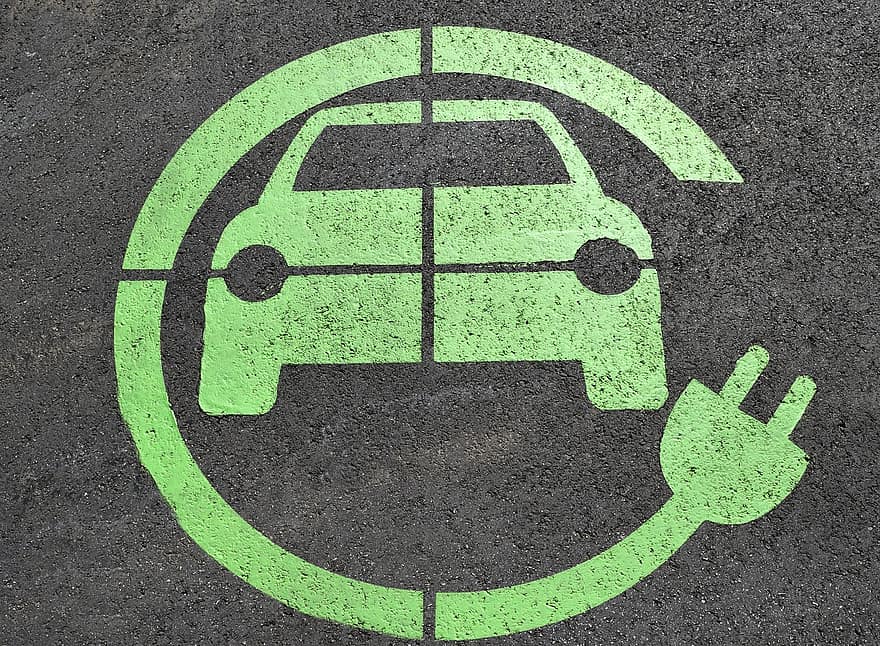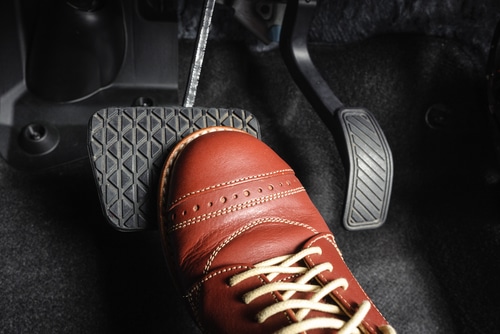Home » Blog » Car » Car Lifestyle » Are Petrol and Diesel Cars Being Banned: Yes or No?
Categories
Tags
animal welfare
breed profile
buying a car
buying a pet
Car
car accessories
car care
car features
car insurance
Car safety
car sales
car service
cat
cat behaviour
cat body language
Cat Breeds
cat food
cat insurance
comprehensive car insurance
Dog
Dog Behaviour
dog body language
Dog Breeds
dog food
Dog Insurance
dog training
eco friendly cars
Kitten
New Car
pet accessories
pet activities
Pet Adoption
pet breeders
pet days of the year
pet fun stuff
Pet Health
pet insurance
pet parenting
Pet Safety
pet services
Puppy
rescue pets
road safety
road trip
safe driving
Recent Blog:
Facebook Posts
1 day ago
Growing old sometimes means we can’t take care of pets anymore. Find out some advice on what to do when this happens:![]()
![]() Senior Pet Parents – Contingency Plans for Your Pet – bit.ly/44bzwkS
... See MoreSee Less
Senior Pet Parents – Contingency Plans for Your Pet – bit.ly/44bzwkS
... See MoreSee Less
Senior Pet Parents' Contingency Plans for Pets
www.pd.com.au
Sometimes senior pet parents need more downtime. For older pet owners, this can be tricky to navigate if their dog or cat is full of beans and wants to3 days ago
Before you rev up the engine, let’s run through a checklist of things to do before starting your car. Not only do these steps ensure your safety (and that of others around you), but they also help in maintaining your vehicle's longevity.![]()
![]() Driving Tips: Your Checklist Before Starting Your Car -
... See MoreSee Less
Driving Tips: Your Checklist Before Starting Your Car -
... See MoreSee Less
Driving Tips: Your Checklist Before Starting Your Car
www.pd.com.au
Heading out for a drive? Hold up a second! Whether you're dashing off to work, running errands, or embarking on a road trip adventure, there are a few1 week ago
Are intestinal worms setting up camp in your dog’s gut without paying rent? Here’s how to spot the main culprits and get rid of them too:![]()
![]() Preventing, Identifying and Treating Intestinal Worms in Dogs - bit.ly/43YjCKu
... See MoreSee Less
Preventing, Identifying and Treating Intestinal Worms in Dogs - bit.ly/43YjCKu
... See MoreSee Less
Preventing, Identifying and Treating Intestinal Worms in Dogs
www.pd.com.au
Intestinal worms, such as roundworms in dogs are one of the least glamorous topics on the planet. These intestinal parasites that basically use our dogsIt’s official. The ACT will put a ban on the sale of petrol and diesel cars in 2035 (and wants to phase out sooner). That gives us a little over a decade – perhaps more in other states and territories – to get used to the phasing out of internal combustion engine vehicles and phasing in of electric and eco-friendly cars. Think you’ll be ready?
Let’s face it, times change. First it was horse and carriage, then steam engines, followed by the car. Today, it’s clear we’re swiftly moving into an era of the eco car! Let’s take a look.
In this article
Why are petrol and diesel cars being banned?
We’ve known for some time now that the earth is in a pickle thanks to over consumption of fossil fuels. Simply read how cars contribute to global warming and it’s patently clear. Sadly, each of us plays a role, whether that’s merely because we need to get from A to B on the roads or because we’re not buying locally, driving the use of other non-renewable energy powered machines.
We know we need solutions and we know we all need to be involved. Naturally, cars are a big one for burning up fossil fuels – so changing the balance between fuel-powered and eco-friendly cars will go some way toward reducing the fumes caused by burning fossil fuel.
Environmentally conscious cars don’t release fumes directly into the air. That means they have the potential to reduce the amount of air pollution we generate that’s causing the earth to heat up.
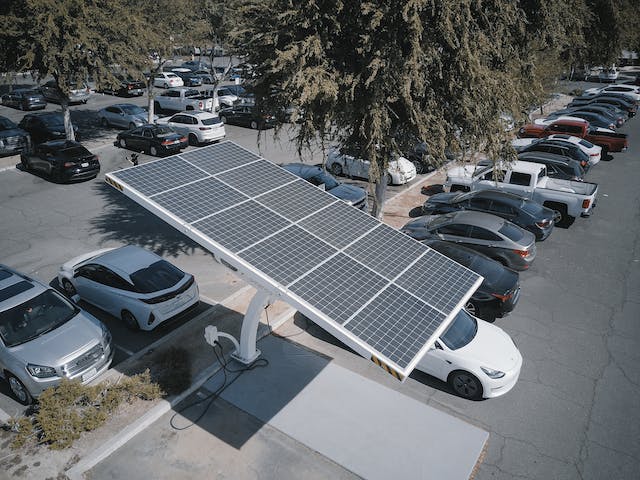
Electric cars still use electricity (and coal)
That said, for the electric vehicle exercise to be truly fruitful most people will also need renewable energy charging ports like, for example, from solar panels.
The reality is that most of Australia’s electricity is generated by burning coal, also a fossil fuel. So unless we’re able to (at a mass scale) not burn coal, by having solar, hydro and wind powered charging points, we might still be only inching our way to a greener pasture.
ACT leading the ban on sale of petrol and diesel cars
Importantly, anyone who’s worried they’ll still be firmly attached to their petrol or diesel car in 2035 doesn’t need to worry.
The ban is not on driving petrol and diesel cars if you have one already. Rather, it’s a ban on the sale of new petrol and diesel cars. It’s also not a ban on buying a second hand petrol or diesel car, or selling yours. It’s for new cars only.
This means from 2035 onward, very quickly, the Australian fleet in this territory will eventually comprise electric or hydrogen vehicles.
Isn’t it a 2030 ban on petrol and diesel cars?
The aim is for up to 90% of cars in ACT to already be green by 2030. This is ahead of the 2035 deadline that’s set and allows for a phasing out or transition period. This includes the move to electric and hydrogen sedans, utes, vans and SUVs.
But what incentives are there? Given that electric cars are more expensive, why would you want to make the switch? Turns out there are a few reasons.
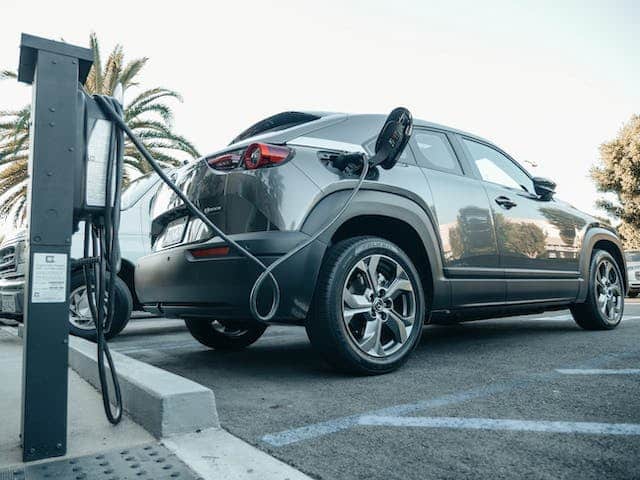
Reasons to join a ban on petrol and diesel cars
For many of us, joining a ban on petrol and diesel cars just for the sake of reducing our carbon footprint is ample reason. But given that the cost of living sometimes outweighs these sorts of ideals, at a practical and immediate level anyway, how do we reach such goals?
ACT incentives
Simple, the government helps us by incentivising. In ACT, if you buy an electric vehicle you get the following incentives:
- Two years of free registration when you buy
- No stamp duty
- Up to $15,000 interest free loan of (only for specific models of vehicle)
Other state/territory government incentives
Beyond ACT, other states and territories are also incentivising the phase in of electric cars, without implementing a ban on petrol and diesel cars. At least for the time being.
Here are some examples, according to The Financial Review:
- Stamp duty relief (NSW)
- $3,000 car sale subsidy (NSW, VIC, QLD, SA)
One of the big reasons petrol and diesel cars are priced more favourably is because so much effort has been put into creating a market for them over time. The market for cars exists (that’s us) and we just need to be pivoted a little, to face a new, brighter option (that’s eco-friendly cars).
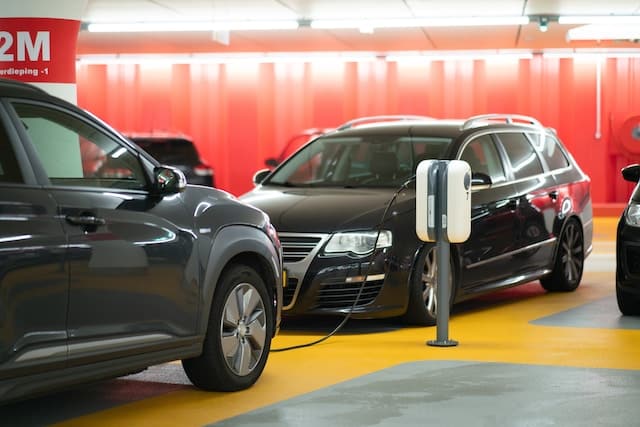
Eco targets for other state/territory governments
While the ACT spearheads the ban on petrol and diesel cars others do have a modicum of intent to go green sooner than later. They just haven’t made a date for a total ban on the sale of petrol and diesel cars.
According to The Financial Review, other Government initiatives include:
- WA. Western Australia aims to have EVs comprise a quarter of new car sales by 2026
- VIC & NSW. Are gunning for EVs to comprise half of all new cars sold by 2030
- QLD. Has the same target, but also plans on reaching 100% EVs by 2036
NSW is investing $209 million on electric vehicle charging infrastructure, Victoria is investing $19 million on charging infrastructure while the WA government has pledged to install charging stations at 49 locations around the state.
Whatever you drive, wherever you go, the climate crisis is something we all need to put our minds to. Whether that’s taking a walk, cycle or jog in place of a drive, or simply switching your lights off when you’re not in the room, it all counts towards peace of mind.
Supply and demand will bring prices down
Once the majority of people are buying greener cars, the prices will drop and in turn more people will have access to buying them. Manufacturers will bend to supply and demand, both of which will grow exponentially.
It won’t move as fast as the petrol and diesel car market in one regard, though. That’s because electric vehicles are renowned for not breaking or needing to be replaced as often.
Here’s a quick look at some other bonus aspects that come with driving electric vehicles (EVs).
- Cheaper to run
By recharging rather than refuelling, you stand to save up to 70% in costs. If you normally spend $100 a week, then you’d only be spending $30. So, if you spend $1,000 a year on petrol (lucky you!), you’d only spend $300 a year on running your EV.
- Fewer trips to the mechanic
What was the last thing that broke on your petrol car? Chances are, your EV won’t have that part – or need it. EVs simply don’t have or require as many moving parts. You won’t need to worry about cracked radiators, faulty starter motors, exhaust leaks and a range of other car issues. EVs simply don’t have any of these bits and bobs.
Now, speaking of car issues…
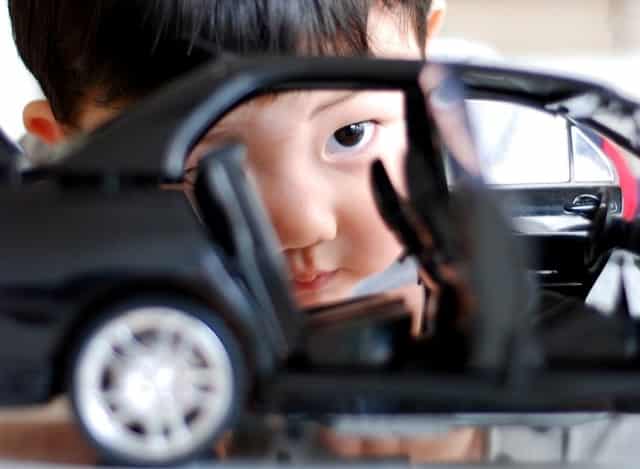
Driving with peace of mind
While the face of driving constantly changes, one thing that stays the same is the value of financial safety for your car. Comprehensive car insurance lets you get behind the wheel with peace of mind, knowing you’re covered for situations like accidents, theft, damage from hail, fire, storms and more.
Find out about getting car insurance that covers your vehicle and pocket for a wide range of incidents. Click below to start your quote today.
Share On:

